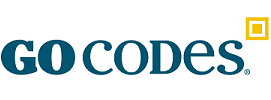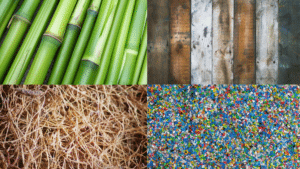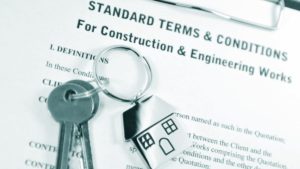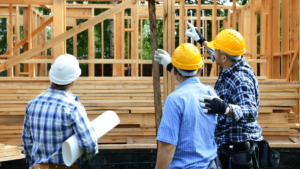Are your daily construction reports capturing the full picture of your project, or do they feel like just another box to check?
While we would all prefer everything to run smoothly with just a few conversations, the reality is that writing things down is essential for success and protecting your business.
If you find creating these reports tedious, are unsure what to include, or struggle to get your team on board, read on.
We will break down exactly why these reports matter and how to write them effectively.
In this article...
Why Daily Reports Are Crucial in Construction
Daily reports are an essential part of any construction project, but unfortunately, they are often not taken seriously.
Jeroen De Paepe, co-founder of ArchiSnapper, an app for field reports and site inspections, touches on this exact point.
He says that when foremen and supervisors are looking to save time, daily reports are often the first thing they skip.

Illustration: GoCodes Asset Tracking / Quote: Medium
Jeroen elaborates that not documenting work can lead to serious problems, including accidents, reduced profits, and project delays, all stemming from poor communication and collaboration.
With so many different people involved in larger projects—from clients and architects to subcontractors and project managers—daily reports are key for keeping everyone informed.
These reports are also crucial for legal reasons, especially in disputes with clients or subcontractors.
For example, in this Roads&Bridges article, Cordell Parvin presents some exemplary legal construction cases.
In one such case, illustrated below, daily reports helped a contractor get compensation for extra work and delays caused by external conditions.

Illustration: GoCodes Asset Tracking / Data: Roads & Bridges
It’s only natural for clients to be suspicious of projects that drag on or have extra costs that were not planned.
But when detailed reports are created and delivered regularly, it builds trust with clients and provides clear justification for any changes.
In another case with similar delays highlighted by Parvin, the outcome was the opposite.
In Lowder v. the State of North Carolina, the contractor Lowder lost the case because its summary of damages was based on a later prepared report, not on detailed records made in the regular course of business.
Overall, if the benefits of daily reports don’t persuade you, the significant problems that arise from not creating them should.
What to Include in a Construction Daily Report
To make the practice of daily reporting worthwhile, we need to have structured reports that include all the right information.
As Jason Westland, the CEO and founder of ProjectManager.com, explains, this includes all essential job site information.
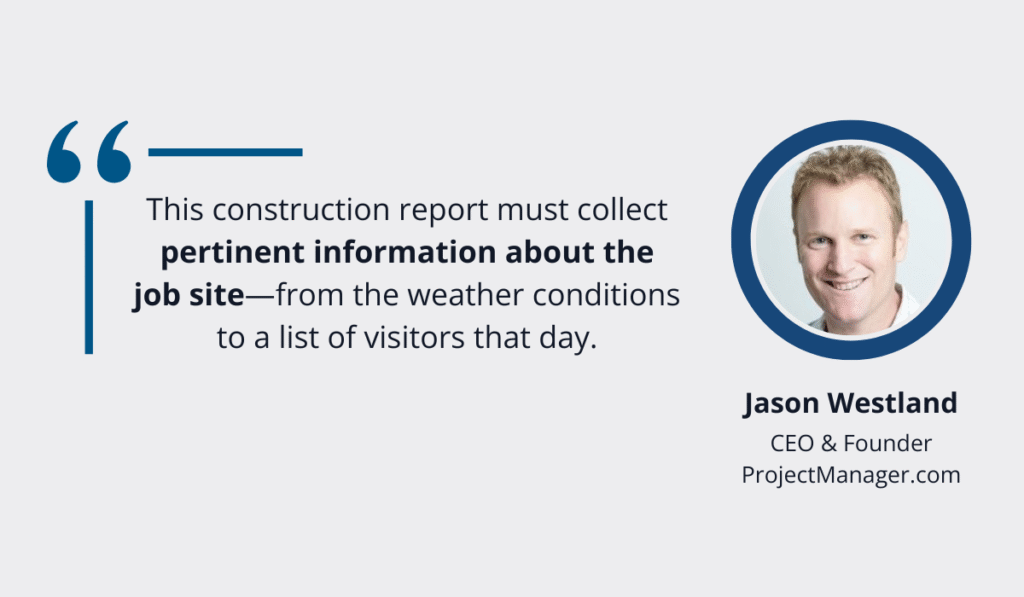
Illustration: GoCodes Asset Tracking / Quote: ProjectManager
While what is considered “pertinent” will naturally vary from one project to another, there are some common components that every daily report should have.
Other than essential project info, dates, and the name of who prepared the report, some key elements are shown next.
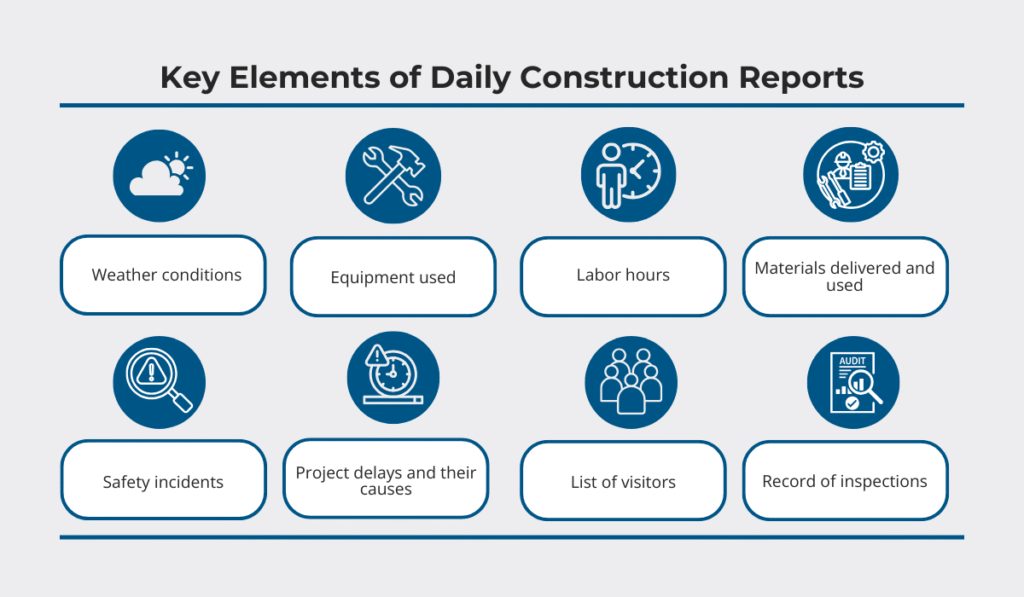
Source: GoCodes Asset Tracking
Obviously, tracking labor hours, materials, and equipment is essential for managing the project’s budget and planning future work.
Documenting weather is also important—poor conditions usually cause project delays, so keeping detailed reports can be a big safety measure in case of client disputes.
Finally, keeping a log of site activity like visitors and inspections provides crucial traceability of who was involved with a project at any given time. Plus, audit details can be essential for confirming compliance with regulations or contract obligations at a later date.
Of course, some of these components are easier to track than others.
Big incidents and the causes of major delays are easily noticed and can be noted down quickly.
But for things like equipment used, reporting is more often done inaccurately or is even completely overlooked, especially when it comes to smaller tools.
Asset tracking tools like GoCodes Asset Tracking can help here.
With our system, simple tool check-ins and check-outs are done with a quick scan of our proprietary QR code tags on a smartphone, and everything gets logged automatically in the system.

Source: GoCodes Asset Tracking
This feature, combined with real-time GPS tracking for vehicles and heavy equipment, allows construction teams to automatically log equipment usage, location, and even maintenance needs.
A good report structure, along with helpful tools like these, ultimately reduces manual input and improves the reliability of your daily reports.
Common Challenges in Managing Daily Reports
While daily reports are extremely important, there are a few common challenges that need to be overcome to implement them successfully.
Initially, you may have issues persuading your crew to do the reports at all.
They often see it as time-consuming paperwork that takes them away from their primary tasks on the job site.
While some practices like maintaining a consistent report structure and using digital tools can help, you ultimately need to enforce this practice. It must be understood as a required and essential part of the daily workflow, just like any other critical task.
However, when you finally get your team to complete reports, another set of issues can arise concerning the quality of the information you receive.
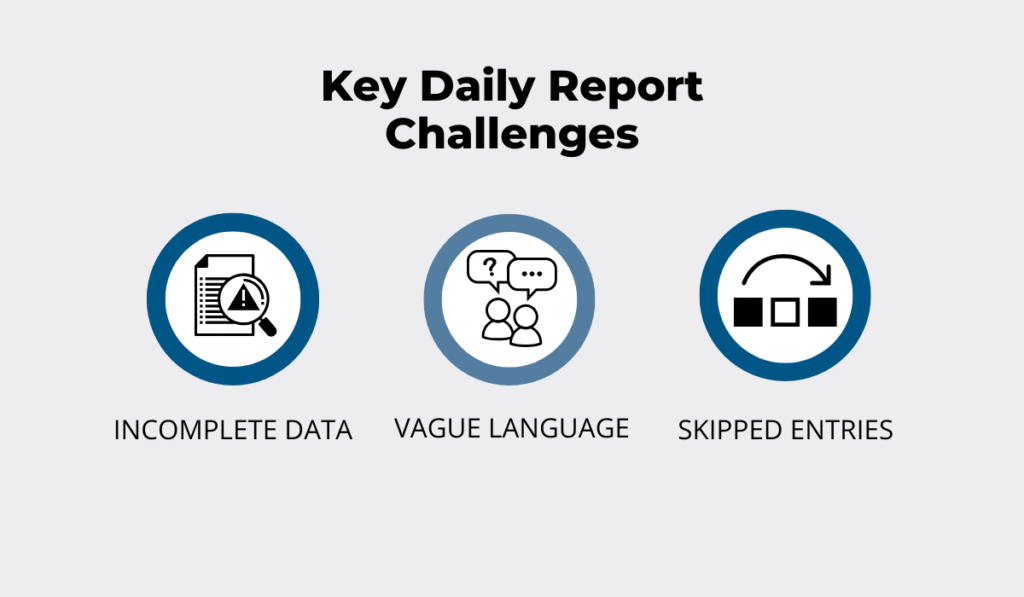
Source: GoCodes Asset Tracking
For foremen or supervisors who were reluctant to write reports in the first place, the most common problem is reports that don’t include all the necessary information.
For example, if a full daily report consists only of “crew worked on plumbing,” it provides no useful details on the hours worked, the size of the crew, or the specific location of the work.
Plus, this report is too short and includes vaguely written descriptions that lack context.
The worst type of report this can lead to is outlined by Ted Bumgardner, a director at the construction consulting firm MC Consultants.

Illustration: GoCodes Asset Tracking / Quote: Vertex
These reports are both unhelpful and can actually hurt your operations.
For example, when a report is vague or incomplete, it can easily lead to project misunderstandings between different teams or stakeholders.
Of course, on the strong end of the spectrum, Bumgardner says we can use technology to create excellent reports every time.
But, to get to this point, you will first need to enforce the practice of daily reporting while maintaining consistency and clarity, and then you can focus on optimizing the process.
Best Practices for Creating Effective Daily Reports
The ideal scenario is getting timely and complete daily reports consistently throughout a project.
While this should be a non-negotiable practice, it doesn’t mean you can’t provide support and clarity to everyone involved.
That support can be provided by following some practical best practices, and we’ll outline three of the most important ones next.
Use Structured Templates
Introducing more structure to daily reports can help those who create them and also make the data more easily accessible later on.
The ultimate goal is to turn poor, vague reports into, at the very least, ones that contain all the essential details.
For instance, if we look at the image below, the jump from reports looking like the ones on the left to the ones on the right represents a major improvement.

Source: GoCodes Asset Tracking
And this improvement can be achieved with a simple report structure like:
- Hours worked
- Crew size
- Work completed
While this is better than nothing, we can do much better.
To achieve an even higher level of detail and consistency, we can make use of dedicated report templates, like the one shown below.

Source: Smartsheet
These can be paper form templates that you print out or, ideally, digital ones within a dedicated app.
A good template will include fields for all the necessary details you need for your specific project. Plus, it should include the essential report components we outlined previously.
With such a standardized template, you immediately introduce consistency into the reporting process, as crew members don’t have to figure out what to include in each report every single time.
They can just open the template and fill out each field that applies to that day’s work, making it much harder to forget important information.
You remove the guesswork and establish a clear, repeatable standard for everyone to follow.
This simple change ensures that your daily reports are more often completed and their quality is consistently thorough and valuable.
Assign Clear Responsibility for Reporting
One of the simplest yet most effective practices that can improve your daily reports is ensuring there is clear responsibility for this task.
Of course, daily reporting should be assigned to a designated and trained foreman or site supervisor.
This ensures the task is handled by someone who is consistently on-site, is familiar with the daily activities, and understands the expectations for thorough documentation.
But, while this is often the case, other stakeholders are directly or indirectly involved in the creation and use of construction daily reports.
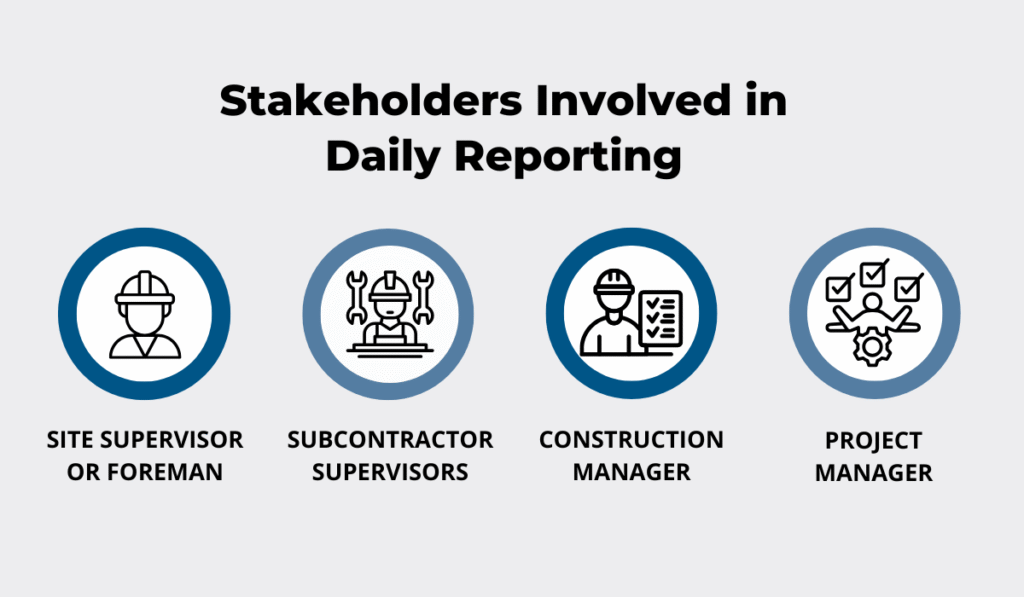
Source: GoCodes Asset Tracking
For example, we can account for subcontractors.
They can add vital information to daily reports about the specific tasks they completed, the time it took, and the labor hours involved.
This is important because the general foreman may not have visibility into the specific details of a subcontractor’s work, and getting this information directly from the source ensures it’s accurate.
On the other hand, construction managers are usually responsible for approving and checking the quality of daily reports, while project managers oversee everything and use the information to focus on high-level decision-making.
Ideally, each of these roles, along with everyone else involved, should collaborate and be responsible for their part of the process.
In the opposite scenario, where there is no clear accountability, projects will tend to be run on incomplete or inaccurate information. The following quote from a CMiC article puts it nicely.
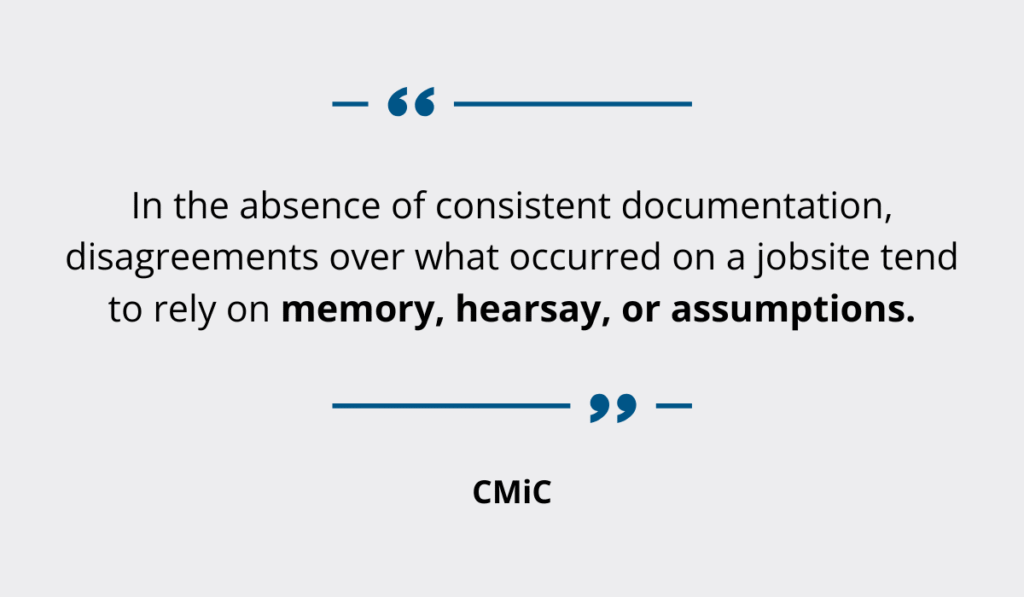
Illustration: GoCodes Asset Tracking / Quote: CMIC
In fact, while things may run smoothly when projects follow the initial plan, as soon as an issue arises or any disagreements with clients occur, the lack of clear, documented records can leave you without any evidence to support your position.
Therefore, clearly defining who is responsible for each step of the reporting process is fundamental to creating a reliable and effective system.
Transition from Paper to Digital Reporting
Finally, moving toward digital solutions is a great way to strengthen the entire daily reporting process and consolidate this part of your operations.
Tech adoption is an increasing trend in the construction industry. In fact, according to Deloitte, in 2024 the average construction business has adopted 6.2 technologies, which is up 20% from the previous average of 5.3 in 2023.
And this is for good reason.
Digital tools, especially when they lead to consolidating data in a single environment, can result in better efficiency and time savings.

Illustration: GoCodes Asset Tracking / Data: Deloitte
With a paper-based system, someone on-site fills out the report, it gets brought back to the office, it’s scanned, and then someone else copies the information into an Excel sheet.
From there, a project manager might use a different software tool, so they have to transfer the data again.
The data can end up being all over the place, creating information silos and inefficiencies.
However, the features included in modern daily reporting software can allow this entire process to be streamlined from the very start.
Take a look at some of these common features:
- Mobile data entry
- Real-time updates
- Workflow automation
- Visual documentation
- Customizable templates
- Daily logs storage and management
- Equipment check-in/out and reporting
A supervisor or foreman can simply use their mobile phone or tablet to create their construction reports directly from the job site, and they can even add photos easily to provide visual context.
Then, everything is reflected immediately on a cloud database, making the information instantly accessible.
This data, being stored securely in a central location, has the added benefit of serving as undeniable proof in the case of eventual disputes.
Karalynn Cromeens, an attorney and the owner of The Cromeens Law Firm, explains a situation where a client supposedly turned in their daily reports but later had no copies or any proof of submission.
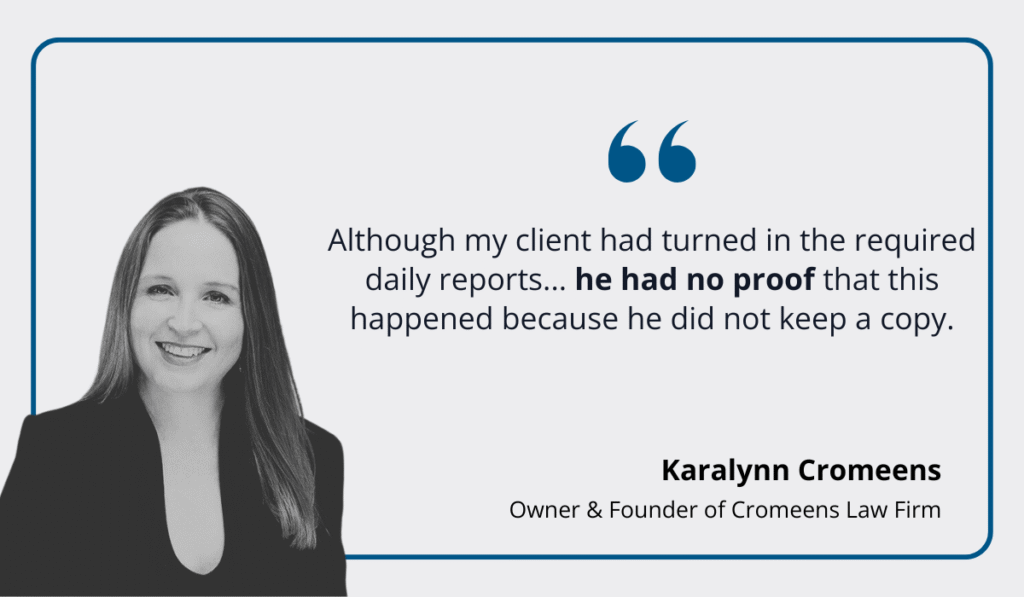
Illustration: GoCodes Asset Tracking / Quote: ConstructionCitizen
In the case of a digital system, this problem is eliminated because everything is automatically stored, dated, and timestamped.
In summary, transitioning to digital reporting streamlines the workflow, centralizes your data, and creates a reliable, auditable record of your project.
Overall, this move is a critical step in modernizing your construction operations and protecting your business.
Conclusion
That brings us to the end of our guide.
We’ve covered everything from why daily reports are so essential to exactly what you need to include in them.
Plus, by looking at some common challenges and the best practices to employ, you are now better equipped to make your reporting process a success.
Your next step?
Apply these insights to your own projects and refine your process to protect your team better and ensure every detail is accounted for.
